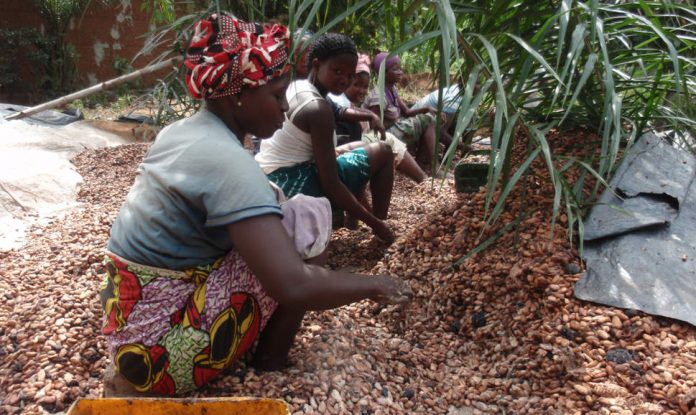By Tony Juniper
The large-scale loss of tropical rainforest can have dire impacts for local farmers — including the hundreds of millions of smallholders who, despite their poverty, produce more than half of the world’s food calories. This was brought home to me in 2016, when I visited Ivory Coast and traveled to the village of Asabliko, about 20 kilometers down a dusty mud track from Méagui. I had gone there to speak with farmers who, as well as food crops, produced the country’s biggest export commodity, cocoa. Tens of thousands of Ivory Coast farmers are employed in cocoa production and the country as a whole produces some 1.65 million tonnes per year — about a third of global supply.
Asabliko was surrounded by little plantations of cocoa trees, as was the rest of the landscape for miles around. The squat trees, cultivated to about 5 meters tall, were tended by farmers with just a couple of hectares each. The big pods bearing cocoa beans don’t grow on twigs like most other fruits on trees, but directly from the trunks and large branches. As we walked between the trees one of the farmers explained that when the pods turn yellow they are ready for harvest and that each yields about 40 beans, enough to make 50 grams of dark chocolate. Between the village huts, grass mats lay all about in the hot midday sun, covered with the reddish-brown beans being dried ready for bagging and shipping. Meantime, smoldering heaps of pods were being converted into charcoal to cook with. Read more…



